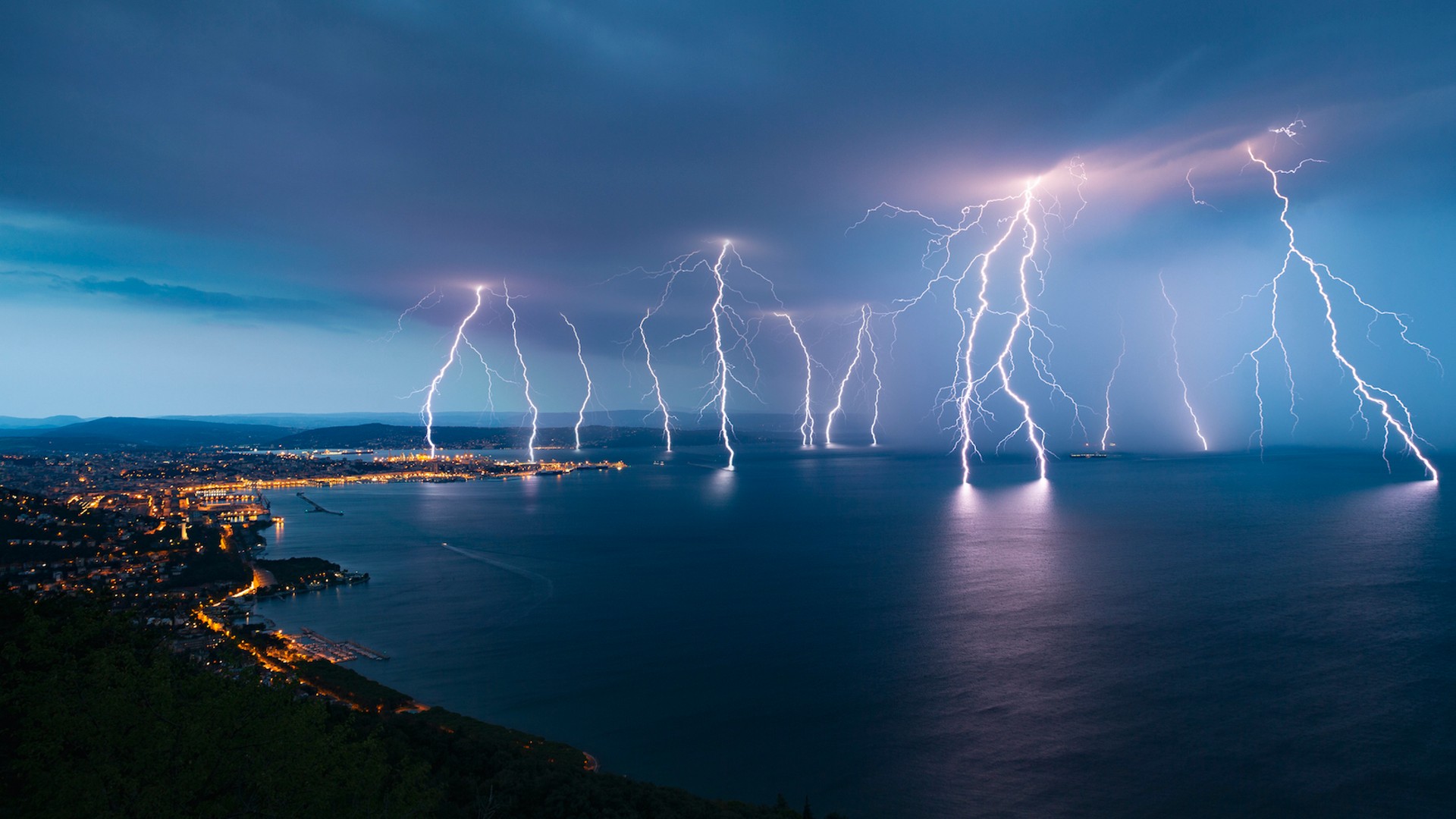
Lightning on Earth is sparked by a powerful chain reaction from outer space, simulations show
The energy needed for thunderstorms could come from an avalanche of electrons seeded by extraterrestrial cosmic rays, a new study claims.
Scientists already knew that lightning is an electrical discharge between thunderclouds and Earth's surface, but exactly how storm clouds obtain an electric field powerful enough to hurl a bolt has remained a mystery for centuries.
Now, a new study has used computer models to reveal that lightning strikes as the result of a powerful chain reaction that begins in outer space. The researchers published their findings July 28 in the Journal of Geophysical Research: Atmospheres.
"Our findings provide the first precise, quantitative explanation for how lightning initiates in nature," study lead author Victor Pasko, a professor of electrical engineering in the Penn State School of Electrical Engineering and Computer Science, said in a statement. "It connects the dots between X-rays, electric fields and the physics of electron avalanches."
Lightning's electrical nature was famously confirmed by Benjamin Franklin in 1752. Franklin's iconic, though often misrepresented, experiment involved flying a kite affixed to a 1-foot-long (0.3 meters) wire on one end and a twine string attached to a key with the other, which Franklin held with a silk ribbon. When a storm arrived, the kite became electrified and the twine became wet, so that a small spark jumped from the key to his outstretched finger.













